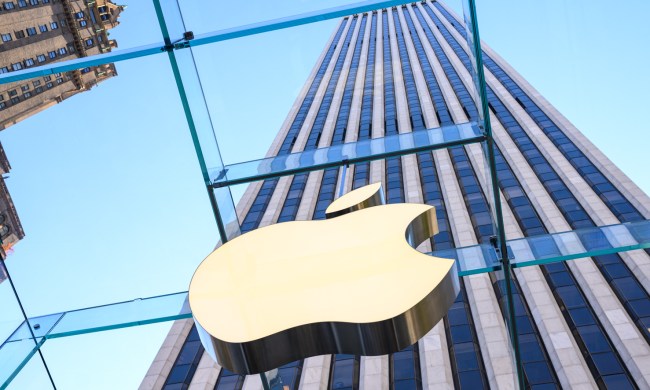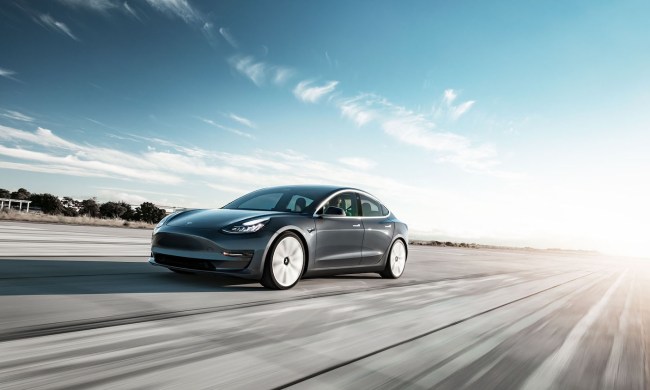Apple doesn’t like talking about its ongoing efforts to develop self-driving car technology; the program has been one of the company’s most secretive facets in recent years. In a rare instance of openness, Apple voluntarily wrote a letter to the National Highway Traffic Safety Administration (NHTSA) that sheds light on how the company is testing the technology, and the safety precautions it’s taking to avoid accidents.
“We are excited about the potential of automated systems in many areas, including transportation. In particular, we believe that automated driving systems (ADS) have the promise to greatly enhance the human experience in three key areas: Improving road safety, increasing mobility, and realizing broader societal benefits,” the company wrote in the paper.
Apple stressed that it takes safety seriously. It won’t fast-track the technology to production simply to beat its rivals, even if the stakes are high. It always places a human safety driver behind the wheel of the prototypes it tests in real-world conditions, and its technology emits visual and audible alerts if the operator needs to take over. Apple programmed latency into its system, too. For example, if a prototype wants to change lanes, it tells the operator and gives him or her enough time to override the decision if necessary instead of immediately darting into the opposite lane.
The company’s commitment to safety influenced how it selects its safety drivers. Only motorists who haven’t caused a serious accident, received a DUI, or had their license revoked or suspended in the 10 years prior to their application are eligible to monitor Apple’s prototypes. They must pass a drug test and a background check, and complete a thorough training program that sounds like driver’s ed all over again. Once they’re hired, they’re instructed to keep both hands on the steering wheel at all times (even if the car is driving itself), and they are not allowed to use their phone unless the car is parked in a safe location.
Apple — like every company testing autonomous cars — wants to avoid duplicating the 2018 Uber accident that killed 49-year-old Elaine Herzberg. It doesn’t hesitate to put its program on hiatus if it needs to evaluate an incident.
The letter doesn’t reveal anything groundbreaking, shocking, or unexpected about Apple’s self-driving car program, and it makes no mention of the long-rumored iCar, but it confirms the company’s intent to compete directly against Uber and Waymo by moving into the automotive space. What Apple will do with the technology it develops is up in the air. It could license it to an automaker, follow Waymo’s lead by starting a ridesharing program, or it use it for something else entirely. What’s certain is that the firm isn’t ready to mass-produce it.
Apple made the letter public shortly after a report released by California officials revealed its self-driving vehicles disengaged every 1.1 miles, a figure that placed it last among the 48 companies experimenting with the technology in the Golden State. California’s DMV defines disengagement as “deactivation of the autonomous mode when a failure of the autonomous technology is detected or when the safe operation of the vehicle requires that the autonomous vehicle test driver disengage the autonomous mode and take immediate manual control of the vehicle.” To add context, the report pointed out Waymo’s prototypes went 11,017 miles between disengagements.


